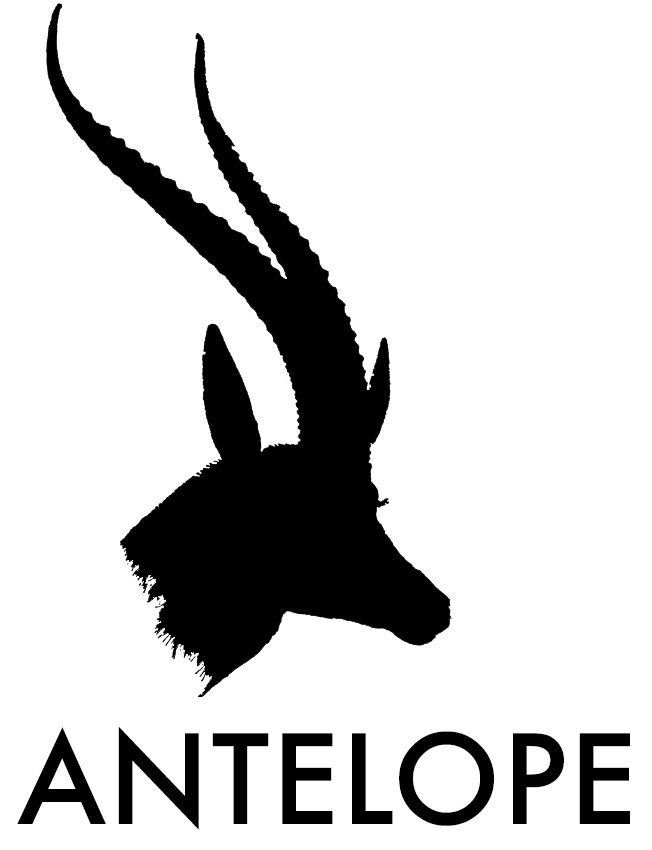Redefining the Narrative
We are presently running some workshops with a client to help key stakeholders focus their narratives, understand the difference between personal and professional personas (a fave of mine) and support them in retelling this narrative with media. At the same time, I have been working with a happiness coach. Not to bring positive toxicity to my life, but to raise the bar authentically on being in the now. Based on the six human needs, as outlined by Tony Robbins, of Certainty, Variety, Significance, Connection, Growth and Contribution, the coaching looks at each individual area and how we frame these areas in our lives.
And as always feels like the case – suddenly my world seems to have aligned and I realised how one part of my life resonates with another part. Within our coaching we have been looking at how we look at situations through a different lens – not sugar-coating but stopping and rethinking. So, how the mundane tasks of work are actually the bridge that we build the rest of our businesses on – allowing for the creativity, the fun and the inspiration to happen. The foundations of ensuring we have the money in the bank by invoicing monthly, the right people in the team to support the clients, providing training for those who need it – allows the freedom for us to do our jobs well and take pleasure in them.
This has made me think of how we can help clients reframe their messaging when talking to journalists. Media is often described as the platform to reach the public – asking the questions that their audience want answering and getting the information that they are interested in. This is often where the disconnect happens between client and media and of course, where a good PR and comms specialist can help. A client narrative of ‘this is what we do and why we are good at it’ is often not what the end consumer -the reader/viewer – wants to hear/see. They want is either an opinion on a subject, an education around a topic or a solution to a challenge. This is why LinkedIn recently changes its algorithm, prioritising knowledge, and detail over virality and frequency. Often our clients are experts in their field, but they don’t need to say this to generate credibility, they too need to reframe their outlook - show that credibility and knowledge through their opinions and provide detail and suggesting viewpoints that others haven’t before.
At Antelope, we have a personalised 4x I plan when it comes to comms which asks the following questions about content:
Is it:
Informative (I didn’t know that)
Insightful (I hadn’t thought of that)
Interesting (I am pleased that I know that)
and/or Inspiring (I wish I had thought of that)?
Followed by how does this content, this interview, this communication make your audience Think, Feel and Do? How do we move them from Awareness of the product/service or opinion, Consideration to engage with it, to Purchase or Engagement with it and lead to Advocacy and Contribution, either by resharing it or recommending it?
Understanding narratives and how we use them in our day-to-day world both whether at work or in the real world outside, and how to be clear in our communication is fundamental to running a business, or a relationship of any sort. And sometimes we all need a bit of help in clarifying it. Surely being clear in what you want to say and understanding the feedback from the conversation is the secret to happiness?
Photo by cottonbro studio: https://www.pexels.com/photo/group-of-people-sitting-on-chair-on-stage-6896181/ - used with thanks.
